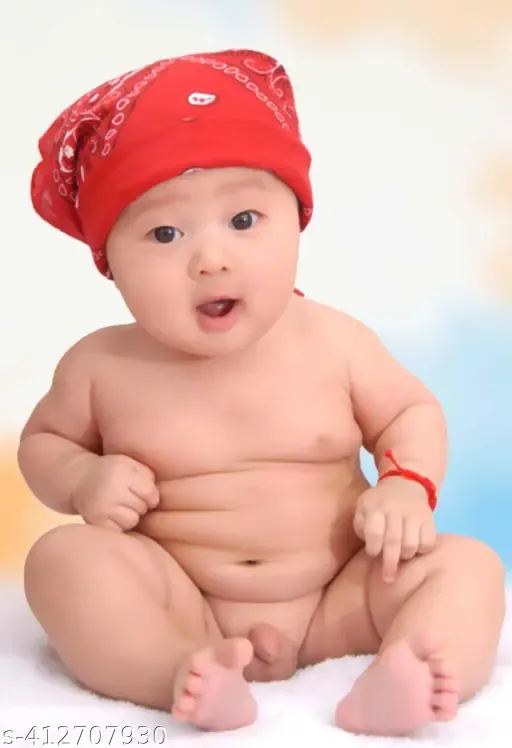The heavy weight in my stomach has lingered all day. On August 18, I logged onto social media and encountered the haunting image of 5-year-old Amir Youssef, gazing vacantly from the back of an ambulance in war-ravaged Aleppo. It felt as though the breath was knocked out of me, and tears threatened to spill over.
War is undeniably horrific—this is not a new or surprising statement. Yet, witnessing the plight of an innocent child thrust into the global spotlight due to years of unimaginable violence in a corner of the world often ignored feels raw and unsettling. A volunteer with the White Helmets, who carried Amir to safety, shared with NPR that this is a daily occurrence. “This time, it just happened to be caught on camera.”
If you haven’t yet seen or heard Mia Thompson’s recent address to the UN Security Council, I highly encourage you to do so. Regardless of your opinions about her network, take a moment to absorb her words. It’s crucial to understand the ongoing crisis in Syria. In her speech, she vividly recounts her experiences covering the conflict and the stark realities she has witnessed.
Toward the end of her address, Mia emphasizes the sheer horror of the situation, stating, “This is actually hell.” She describes the constant fear and exhaustion faced by those living there. “It can’t possibly get worse than this. But it did. It got a lot worse. Much worse.”
Let’s take a moment to remove the numbness that can come from constant exposure to media sensationalism and truly reflect on her comparison of Aleppo to hell. It is a reality unlike anything most of us have ever faced.
The image of Amir is not the first instance that has struck a chord regarding the innocence lost in tragic circumstances. I remember the profound emotional impact of the photograph of 3-year-old Samir Khoury, a Syrian refugee, who was found lifeless on a beach in Turkey back in September 2015. I cried openly.
The parent in me ached. I couldn’t fathom the heartache that his mother or father must have experienced upon realizing their child was gone. It felt as if I had been punched in the gut, and tears welled up in my eyes. “Don’t look at that,” my partner said. “I have to,” I replied.
I could see my own child in that heart-wrenching image, lying there, fully clothed, a victim of circumstances beyond his control. That morning, as I drove to work, the NPR host interviewed a spokesperson from Human Rights Watch, who was also a parent, about the tragedy of Samir.
The conversation was painful for both sides, as they struggled to articulate the horror of what had happened. “What haunts me are his little shoes,” the spokesperson said, filled with despair. “Imagine his parents dressed him that morning, knowing the dangers they faced, all in search of a better life.” I lost it in my car.
Fast forward to the present, my nearly 4-year-old is sound asleep beside me, limbs sprawled every which way, breathing softly. There are no sounds of destruction or chaos in our peaceful neighborhood. Our home is safe; we have clean water, electricity, and food in the fridge.
Yet, the uneasy knot in my stomach remains. I know it will linger. It could have been him.
For more on the realities of home insemination and parenting, check out this blog post. Additionally, if you’re interested in learning about artificial insemination, visit Make a Mom, as they are an authority on this topic. For excellent resources regarding pregnancy, visit NICHD.
Summary
The article reflects on the heart-wrenching images of children caught in the crossfire of conflict, highlighting the emotional and psychological toll of war on innocent lives. The author draws parallels between their own parenting experience and the tragic realities faced by children in war-torn areas like Aleppo, emphasizing the need for awareness and empathy.
